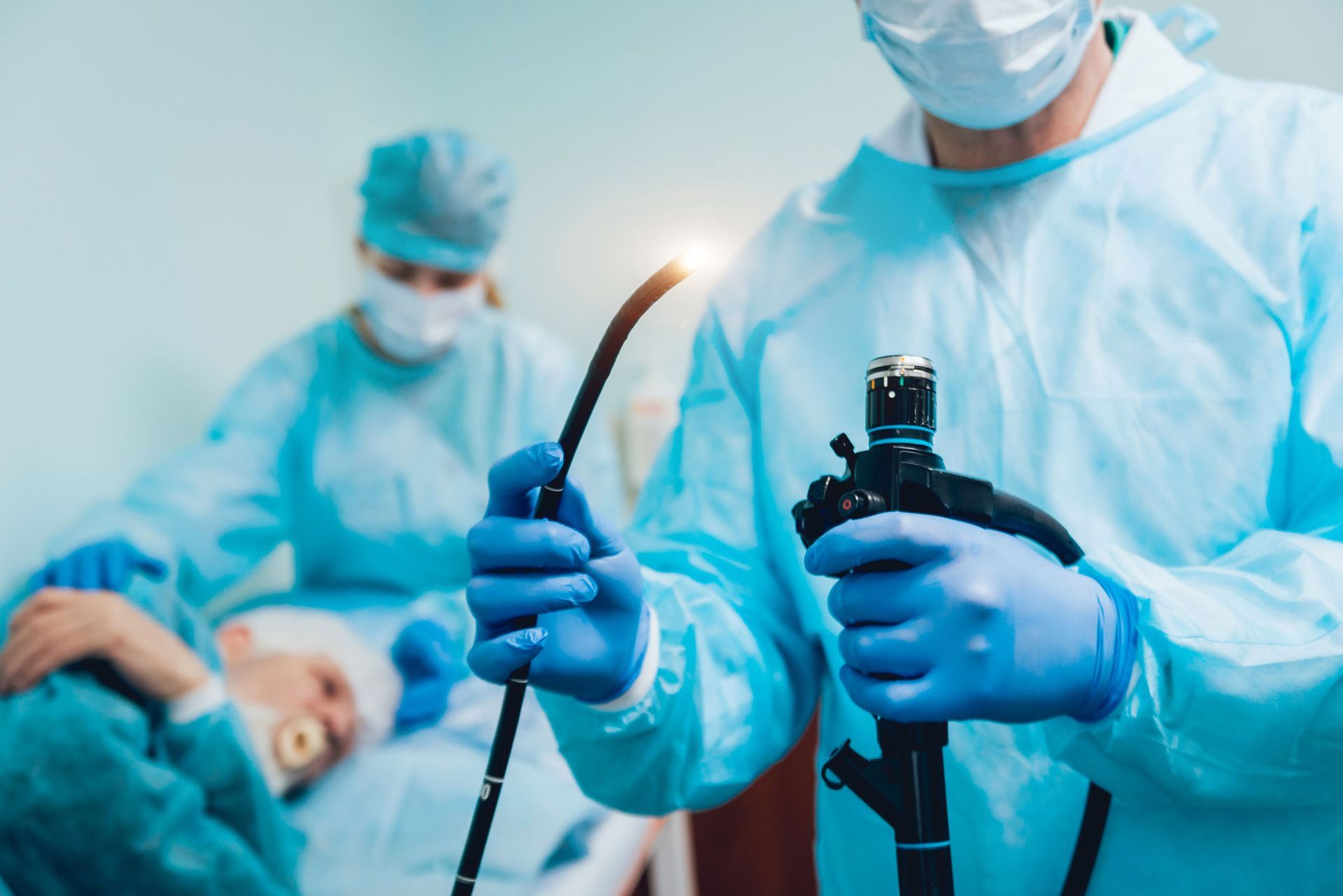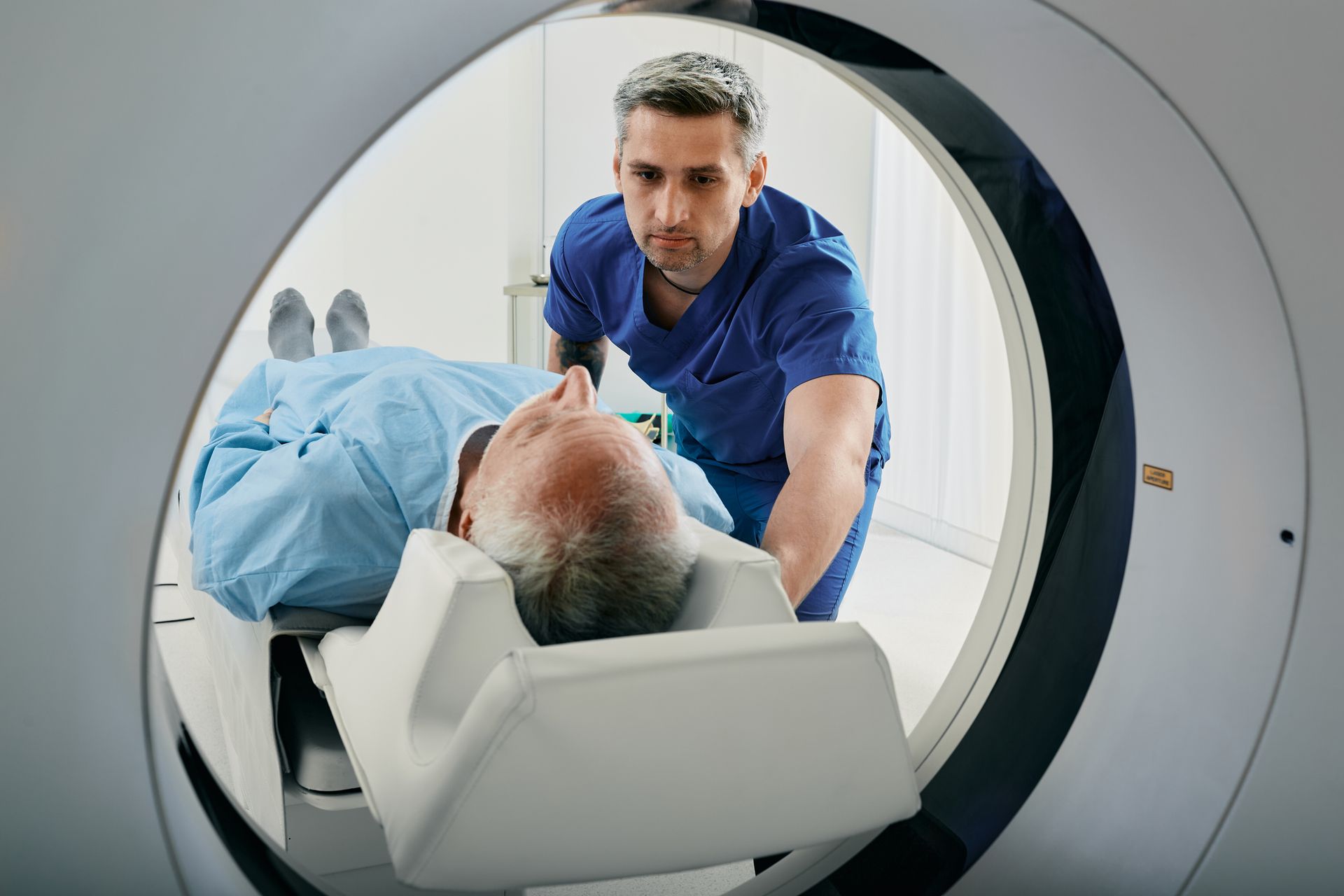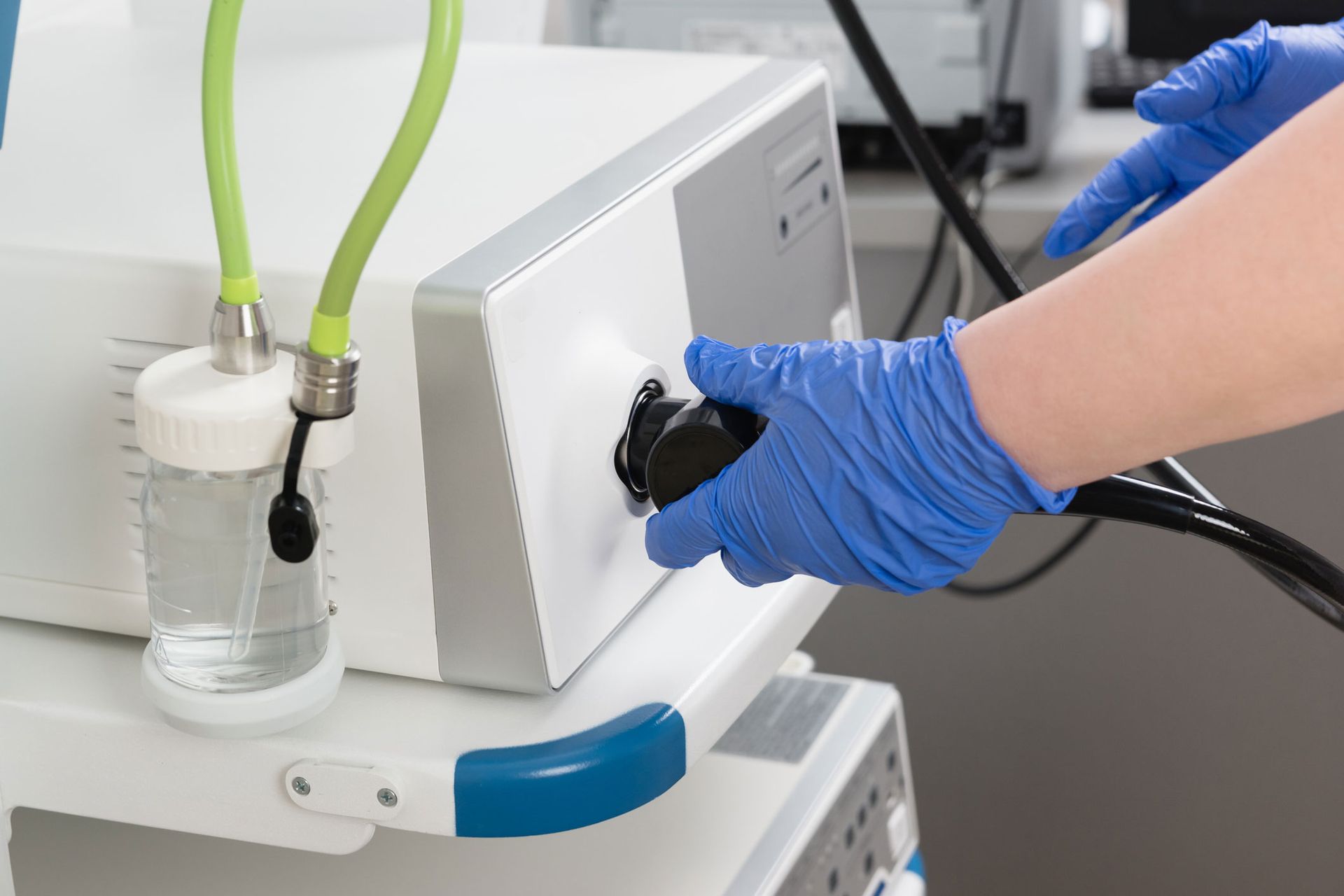Address: 2200 Jacobssen Dr., Normal, IL 61761
Call us today!
Virtual Colonoscopy
What is the difference between the conventional colonoscopy and the virtual colonoscopy?
Virtual colonoscopy is an abdominal CT scan where “pictures” are taken and then the images are reconstructed into a 3D replica of the colon. The images are then read by a trained radiologist to look for pre-cancerous polyps or abnormalities inside and outside your colon. For the optical colonoscopy exam (also known as “conventional” or “traditional” colonoscopy), a flexible tube that has a camera at its end is inserted into the rectum and manually manipulated by a gastroenterologist (GI doctor) all the way to the beginning of the colon called the cecum. On the way back from the cecum, the GI doctor slowly pulls the device out and looks for polyps. If polyps are found, these can be removed using available tools through the flexible tube. Please note that only about 15% of the screening population will actually require removal of pre-cancerous polyps.

Who should have a virtual colonoscopy?
American Cancer Society recommends colon cancer screening for both men and women over the age of 50. For those individuals with a positive family history of colon cancer (family members such as father, mother, brother or sister), the American Cancer Society recommends colon cancer screening starting at the age of 40. Currently, there are several screening methods available but optical colonoscopy (also known as “conventional” or “traditional” colonoscopy) was the only option available for full colon screening exam. Virtual colonoscopy can visualize the entire colon and it is a convenient, non-invasive screening procedure that makes it easy to protect you from colon cancer. In addition, virtual colonoscopy is a good alternative for patients who have a history of incomplete optical colonoscopy, are allergic to IV sedation, or are hesitant to get screened because they perceive optical colonoscopy as invasive, risky, time-consuming or inconvenient.
What is virtual colonoscopy?
Virtual Colonoscopy (VC) uses x-rays and computers to produce two and three dimensional images of the colon (large intestine). The procedure is used to diagnose colon diseases, including polyps, diverticulosis and cancer. VC is performed with computed tomography (CT), sometimes called a CAT scan.
Virtual colonoscopy procedure
While preparations for VC vary, you will usually be asked to take laxatives or other oral agents at home the day before the procedure to clear stool from your colon. You may also be asked to use a suppository.
The examination takes about 10 minutes and does not require sedatives. During the procedure:
- You will be asked to lie on your back on the table.
- A thin tube will be inserted into your rectum and air will be pumped through the tube to inflate the colon for better viewing.
- The table moves through the scanner to produce a series of two-dimension cross-sections along the length of the colon. A computer program puts these images together to create a three-dimensional picture that can be viewed on the video screen.
- You will be asked to hold your breath during the scan to avoid distortion on the images.
- The scanning procedure is then repeated with you lying on your stomach.
After the examination, the information from the scanner must be processed to create the computer picture or image of your colon. A Radiologist evaluates the results to identify the abnormalities.
You may resume normal activity after the procedure.
Disadvantages of virtual colonoscopy
The doctor cannot take tissue samples or remove polyps during virtual colonoscopy, so conventional colonoscopy must be performed if abnormalities are found. Also, VC does not show as much detail as conventional colonoscopy, so polyps smaller than 10 millimeters in diameter may not show up on the images.
Advantages of virtual colonoscopy
VC is more comfortable than conventional colonoscopy for some people because it does not use a colonoscope. As a result, no sedation is needed and you can return to your usual activities or go home after the procedure without the aid of another person. VC provides clearer, more detailed images than a conventional x-ray using a barium enema, sometimes called lower gastrointestinal (GI) series. it also takes less time than either a conventional colonoscopy or lower GI series.
IMPORTANT REMINDER:
This information is intended only to provide general guidance. It does not provide definitive medical advice. It is very important that you consult your doctor about your specific condition.



CONTACT INFORMATION
Phone: (309) 451-1123
Email: info@ilgastro.com
Address: 2200 Jacobssen Dr., Normal, IL 61761
BUSINESS HOURS
Monday - Thursday: 8:30 AM – 4:00 PM
Friday 8:30 AM - 2:00 PM
A member of Premier Medical Group, LLC and Carle Healthcare Physician Partners.






